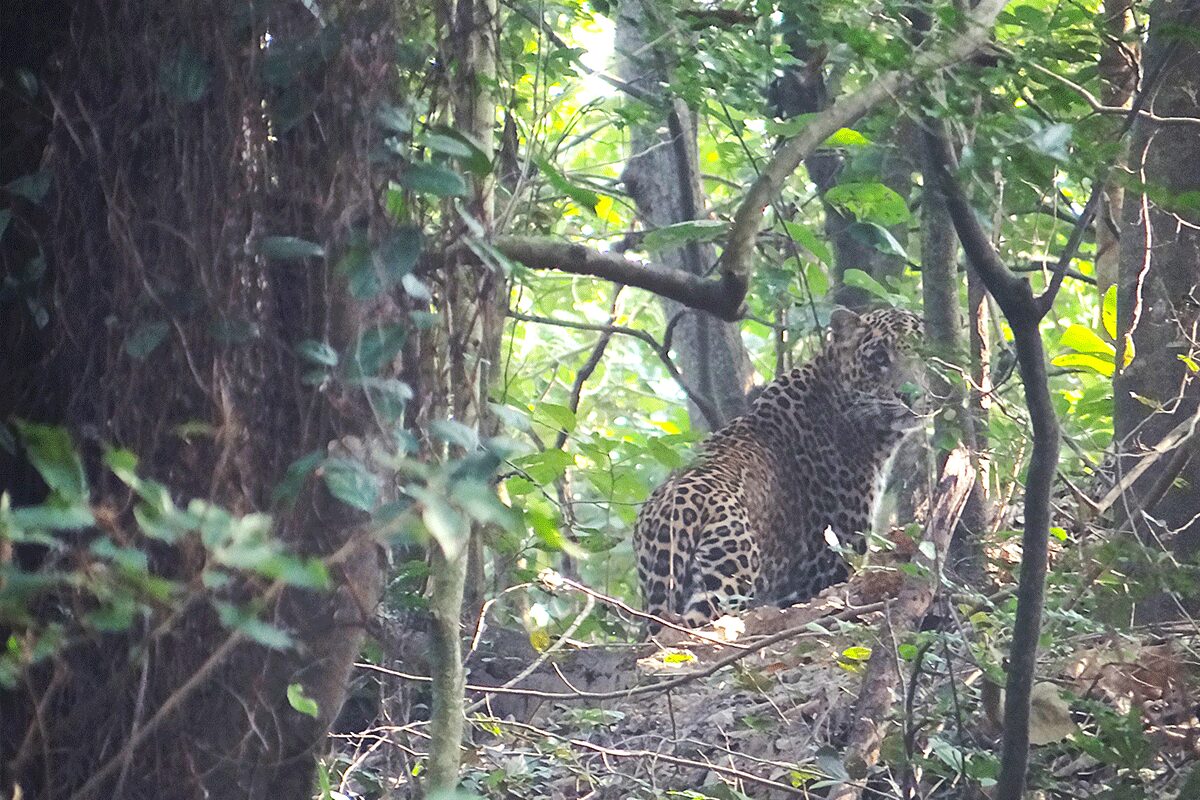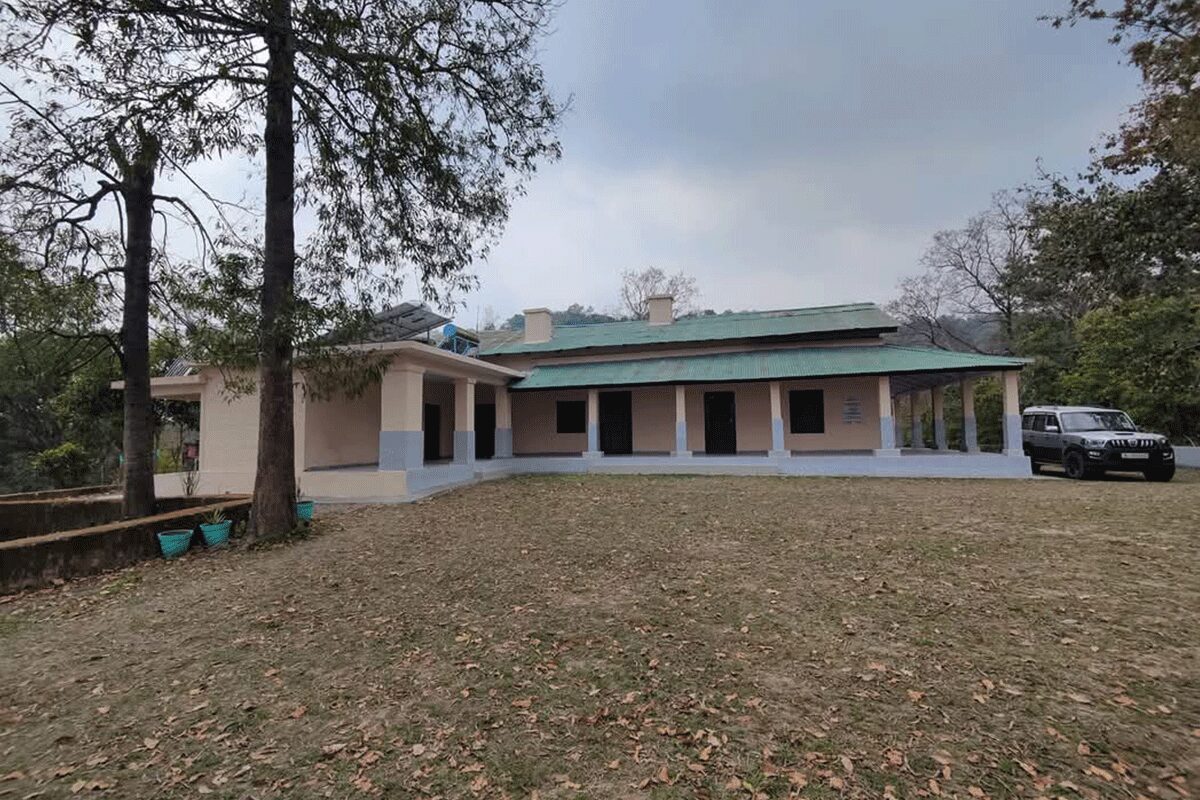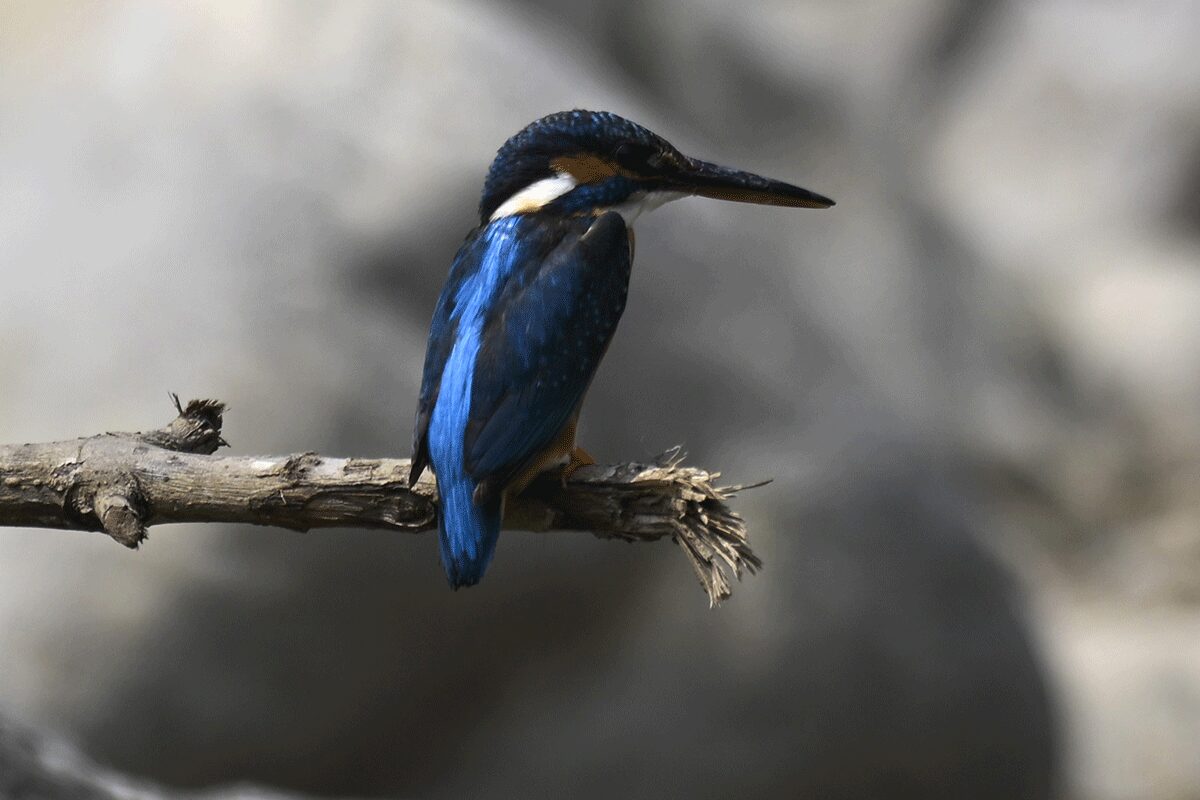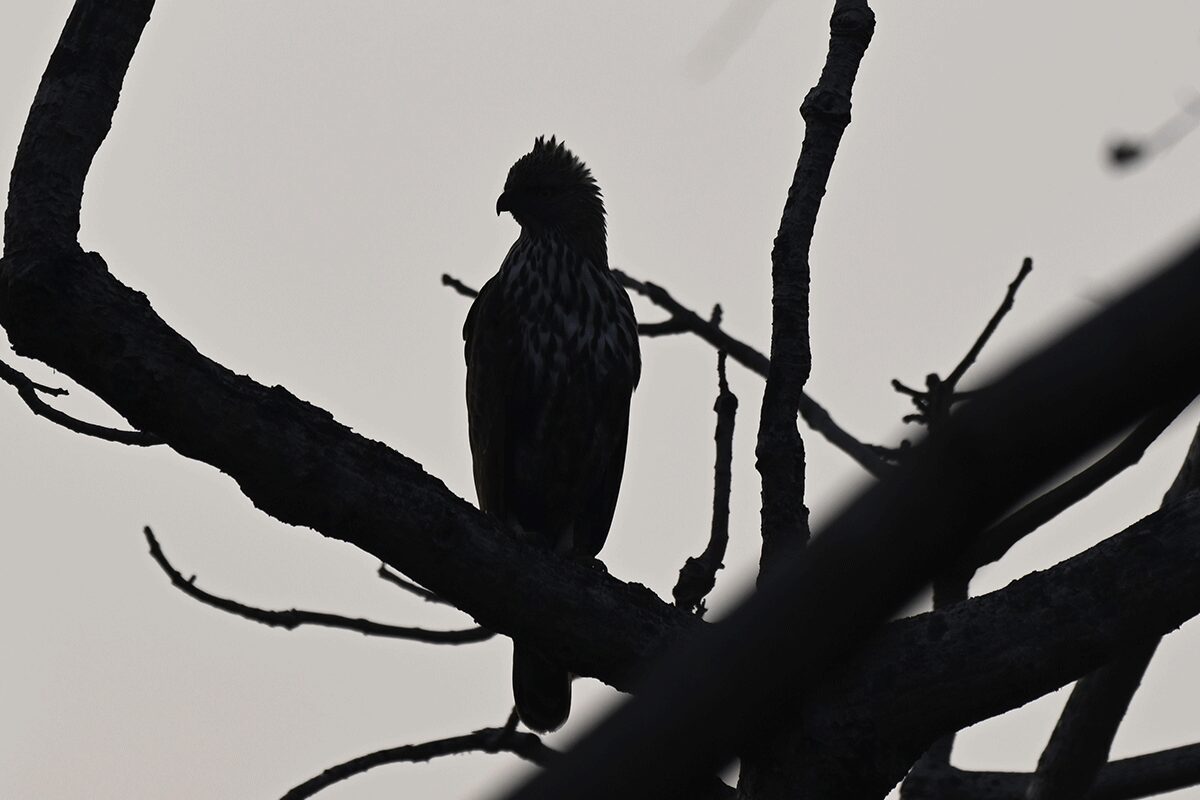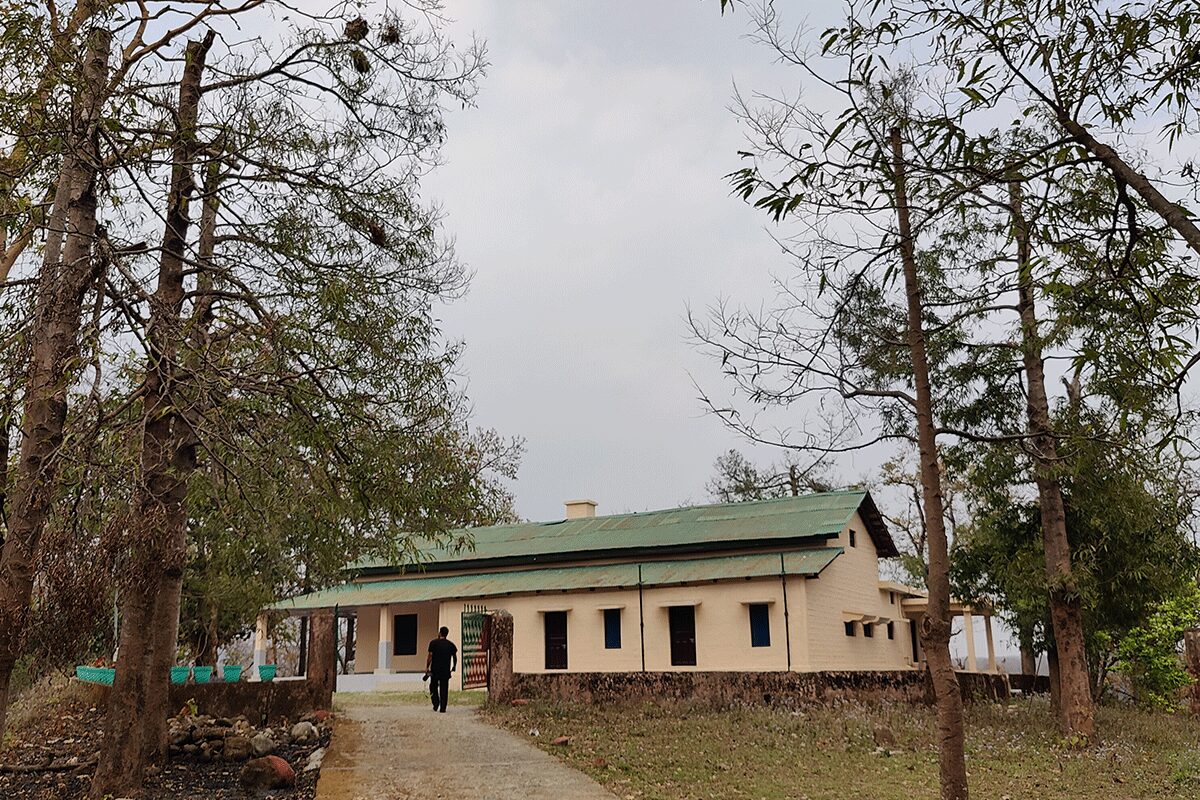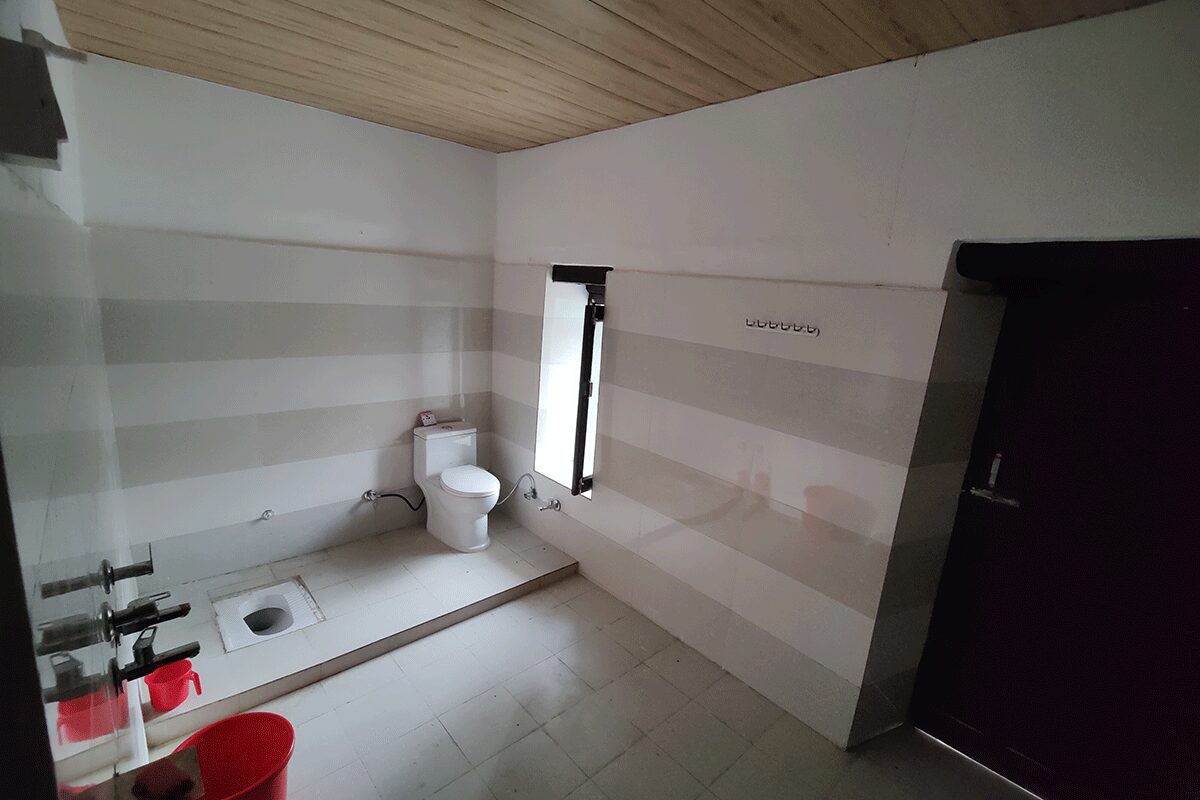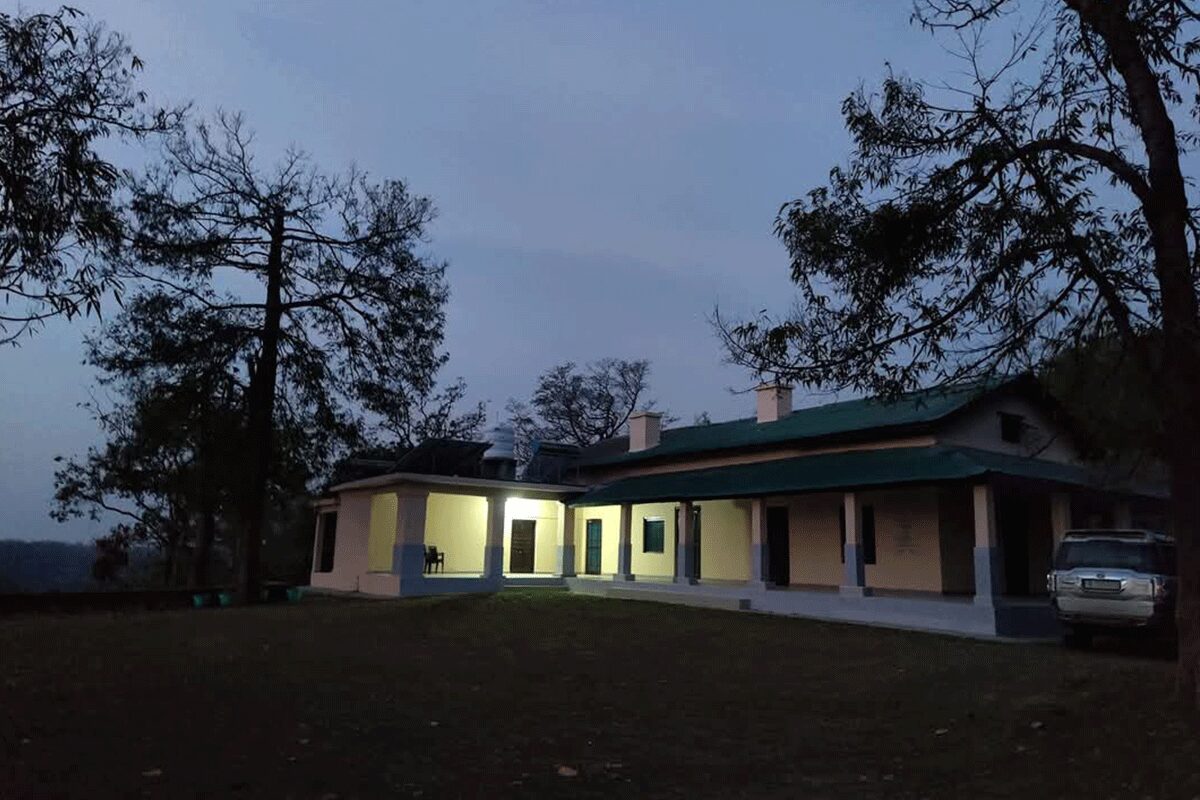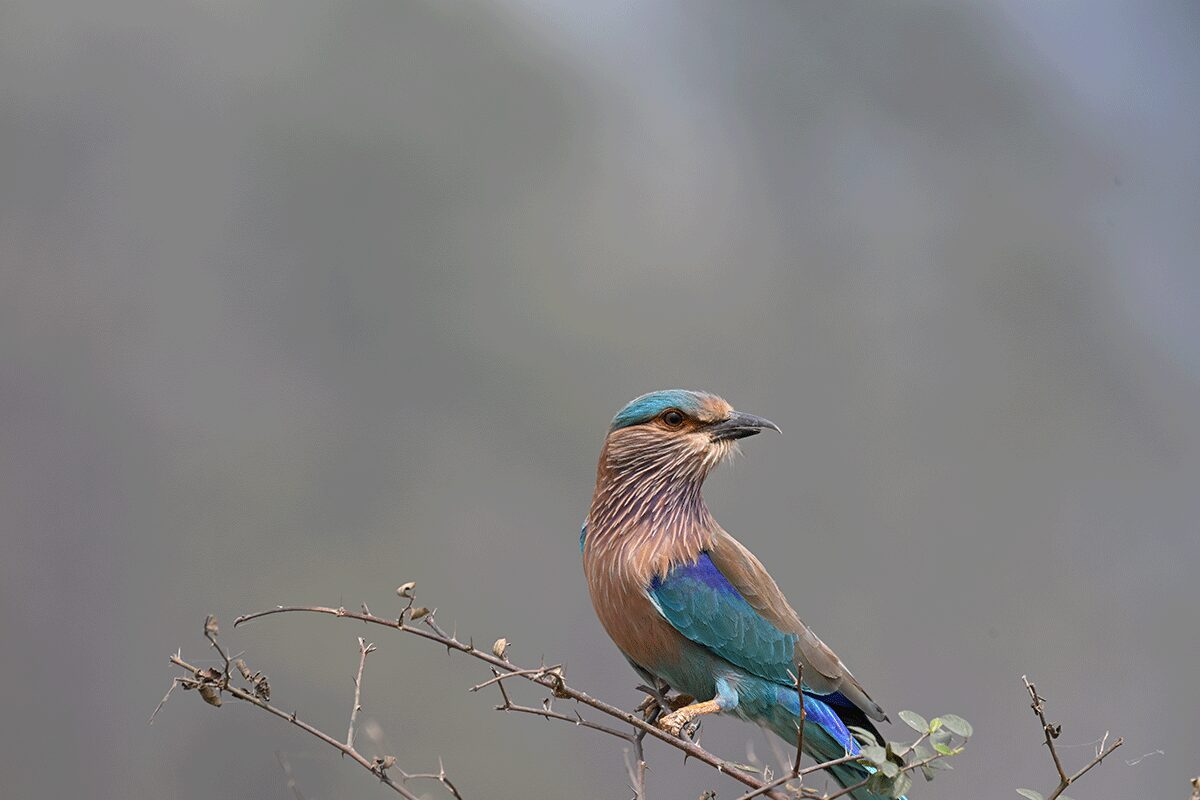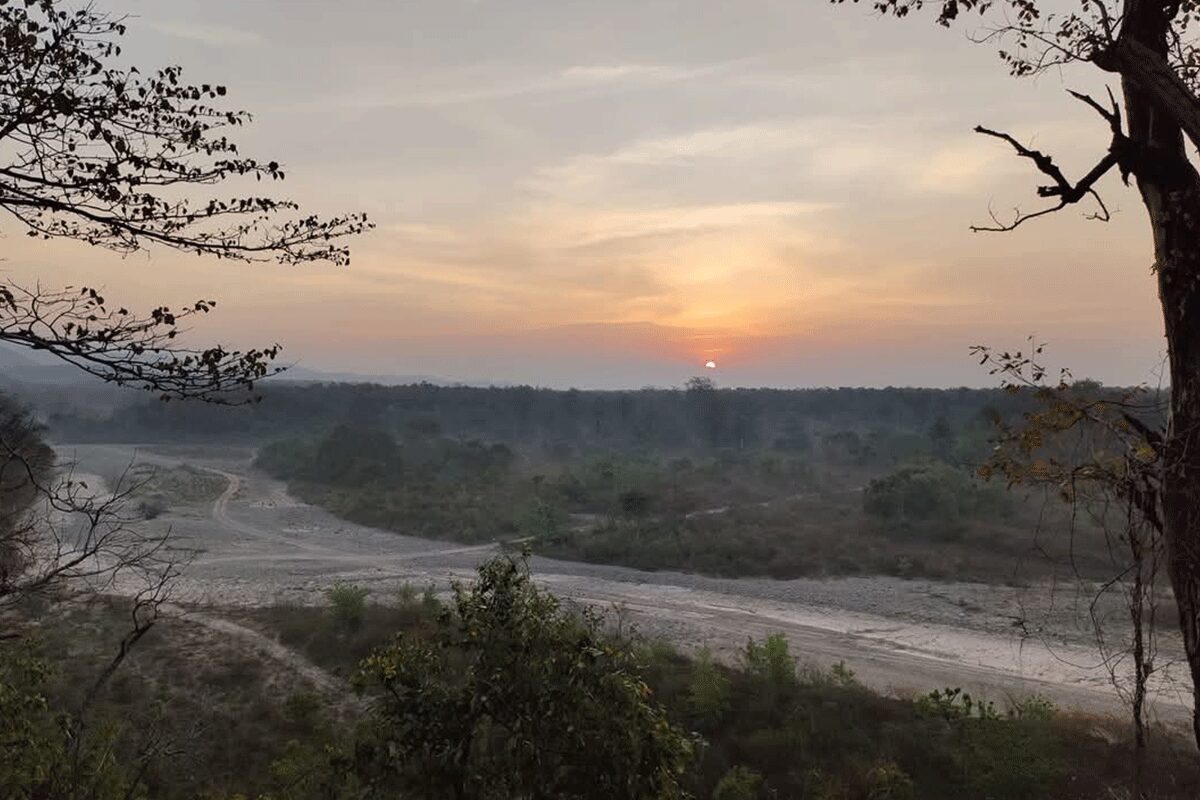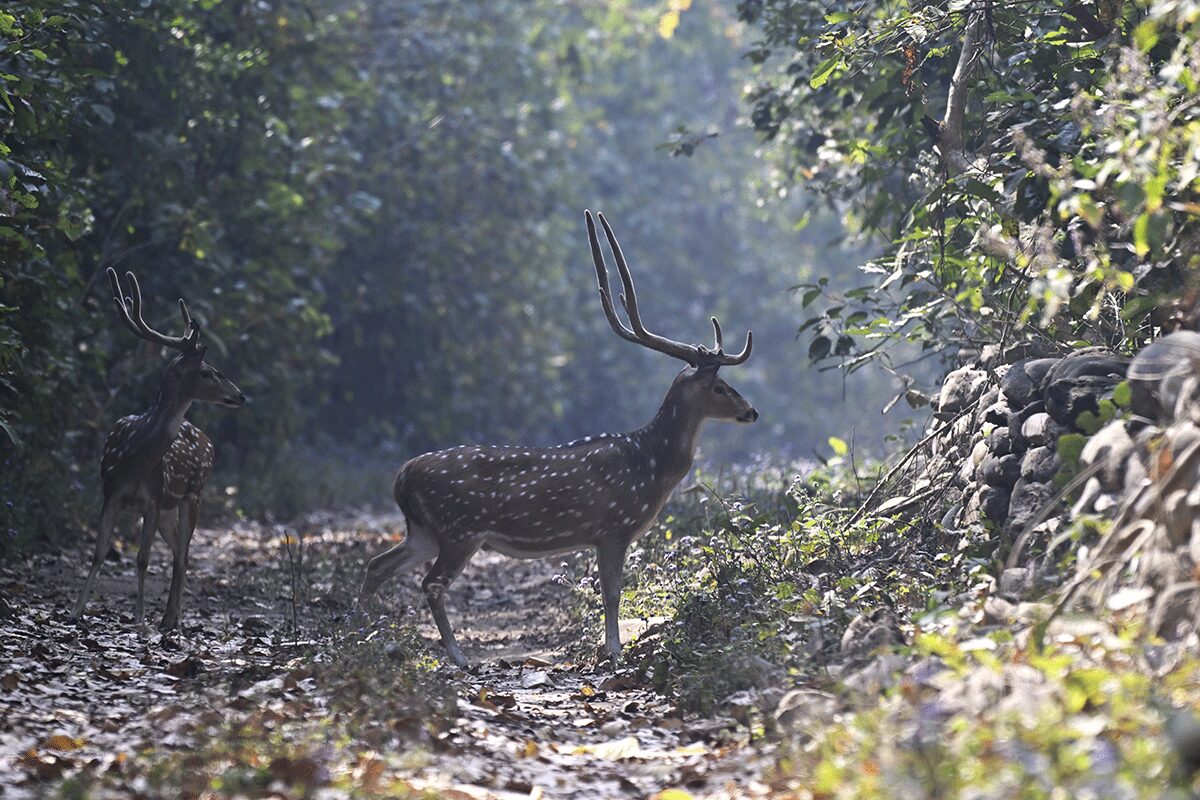2 Nights / 3 Days
15th May to
17th May 2025
Pleasant days/ Chilly evenings
4 People
Nandhaur, Uttarakhand
Introduction
“Wildlife Sightings are a matter of Chance. However, your chances of seeing something increase by 100% when in the wilderness, as opposed to when you’re not there”.
Officially made a sanctuary in 2012. Nandhaur Wildlife Sanctuary is a 269 sqkm wilderness carved out of the greater Nandhaur Landscape that covers 850 sqkm and is set in the northern Indian state of Uttarakhand. Lying between the Gola & Sharda Rivers in the Haldwani Forest Division it links the Ramnagar and Terai Central Forest Divisions with Sukhlaphanta National Park in Nepal. An important part of the Shivalik Elephant Reserve since 2002, it is a major route in the migration of the species from the Corbett Landscape and the forests of Nepal. It was recognized as one of the three viable habitats for the long term future of the tiger by the Wildlife Institute of India in 2004 and hence added as a part of the WWF Tiger Conservation Terai Arc Landscape in 2012 as well. Awash with historical references from British India, including being a stopover for Jim Corbett on his quest to hunt down the Thak Man Eater in the early 1900’s the forests here are a repository of not just biodiversity, but history as well.
Flora
The Nandhaur landscape is a very rich area in terms of biodiversity. The area has more than 100 species of trees, 30 species of shrubs and 20 species of climbers and grasses. The area also has 27 different forest types and sub-types when classified according to the Champion and Seth forest classification. The area is predominantly Sal forest covering about 70% of its area. Besides this, it also has Shisham, Bamboo, Teak, Chir Pine and riverine forest. Since the area lies in bhabhar belt, it is relatively dry and the composition of forest is affected by that. However, the Nandhaur river valley has water throughout the year and the best of the forests in the landscape are present along the river.
Currently boasting a fantastic checklist numbering over 250 species as of March 2024, the landscape offers up some beautiful rarities and gems to add to anyone’s life list. For a start it is a Kingfishers Paradise with 8 out of the 12 species found in India being found here, with especially good sightings of Brown-winged, Collared and Black-Capped Kingfishers among them. The magnificent Buffy Fish Owl is an Indo Malayan species and currently is best seen here. Along with these beauties like the Peregrine Falcon, Eurasian Curlew, Common Redshank, Green-billed Malkoha, Osprey, Mangrove Pitta, Large Cuckooshrike, and Scarlet Minivet etc.
Wildlife
A survey in the mid 2000’s assessed it having a Leopard density of almost 10 per 100sq km. Add to that there has been a steady improvement in tiger numbers and activity all across the sanctuary. Leopard sightings and encounters for us have been fairly frequent, however they still require one to be lucky to see one. Tiger sightings are rare, and though we haven’t seen one in all our trips till date, we have seen plenty of tracks and signs and even heard a roar once to let us know the population is healthy and growing. A WWF Remote Camera Survey in 2017 proved the same with multiple tigers and leopards being captured in the cameras across all ranges through the duration of the study. Herbivore populations of Spotted Deer and Sambar have steadily improved due to good protection and habitat management over the past decade, and that is apparent from the improved frequency of sightings and signs of the same. Elephant movement and presence in the forest is constant, however sighting them requires a bit of luck.
What to wear & carry:
- Dull coloured clothing for Wildlife excursions.
- Shorts/trousers/leggings, sunscreen(SPF 50 or higher), sunglasses and hat are highly recommended for this journey. The conditions may be chilly early in the morning and later in the afternoon as the sun starts to go down. Middle of the day is usually warm with bright sunlight.
- Regular trainers/sandals for safaris. Sandals and Flip Flops for when you’re in the lodge.
- All guests are requested to carry a personal water bottle to avoid purchasing mineral water throughout the journey.
- Camera and binoculars are highly recommended as its important to enhance one’s personal wildlife viewing experience.
- Personal medication is a must as these are remote areas and availability of specific medication may not be a possibility. For those with prior back and neck issues it is advisable to carry the necessary protective gear as the park roads can be bumpy.
- A Pull Over/Sweater or a Wind Cheater for the Early part of the morning and late part of the afternoon and evening
Travel Recommendations
- Join the trip with an open mind,and remember all the best experiences take place when you least expect them.
- Wildlife sightings are a matter of chance. The jungles have plenty to keep you intrigued so try not to be obsessed with one or a few targets as this can lead to missing out on the larger picture.
- Try and book the specific trains/flights recommended by your Trip Leader for ease of operations and to avoid incurring extra costs for alternate travel arrangements.
- Children under 8 years of age may not do well on such a wilderness trip.
- Please carry extra cash to pay for shopping or lodge extra services
- Travel insurance and medical insurance for every traveller during these post COVID times is recommended
Highlights
- Nandhaur’s diverse landscape and forest harbor within it around at least 25 mammal species. These include Tiger, Leopard, Smooth Coated Otter, Sloth Bear, Himalayan Black Bear, Asian Elephant, Spotted Deer, Sambar, Barking Deer, Nilgai or Bluebull, Himalayan Brown Goral, Himalayan Serow, Wild Boar, Yellow Throated Marten, Leopard Cat, Jungle Cat, Asiatic Jackal, Common Palm Civet, Small Indian Civet, Indian Giant Flying Squirrel, Indian Palm Squirrel, Indian Crested Porcupine, Indian Pangolin, Terai Langur, Rhesus Macaque
- Nandhaur is a birdwatching haven, with a current list of 250+ species of bird with some signature species like the Great Hornbill, and Slaty Woodpecker and even rarities like Red-headed Trogon amongst them
- With 15 species of Reptile recorded, the forests here are home to the iconic King Cobra as well as Bengal Monitor Lizard, Garden Calotes, Indian Rat Snake, Common Wolf Snake, Spectacled Cobra, Burmese Python, Common Krait, Forstein’s Cat Snake to name a few. Amongst the Amphibians you have the Indian Skittering Frog, Common Tree Frog, Microhyla sp.
- Though there are many rivers in this landscape, the Nandhaur River is the most significant among them and also is the only one which is perennial with substantial water. It is a breeding ground for the Golden Mahseer alongside 20 other recorded species of fish.
- Senapaani Forest Rest House– Located upon an embankment that overlooks a dry riverbed bordered by forests, and sees the sun rise up on the horizon in the forests of Nepal each morning. Inaugurated in 1911, but with redone interiors in 2020. Offering up clean rooms, bathrooms, a dining area, and a fully equipped kitchen. With wildlife all round, and excellent birding all around the rest house. The fact that it’s quiet with few to no people around at most times, its exclusivity allows for a unique experience that is rare to find nowadays.
Itinerary
Tour cost is based on a maximum of 4 guests
15,000/- Per Person on double occupancy
Payment Terms:
- Booking Confirmation on 20% advance
- Full Payment must be made 7 days prior to the start of the trip
- Refund – 30 Days before – 100% of the total amount
- Refund – 15 Days before – 50% of the total amount
- Refund – 07 Days or less – No Refund.
TIPPING GUIDELINES
Tipping is at your own discretion. We are providing you with the standard tipping rates.
- Park Guide- INR 500 per trip (By the Group and not per Guest)
- Gypsy Drivers- INR 500 per trip (By the Group and not per Guest)
- Lodge staff – INR 500 per guest per day to go into a common tip box at the end of the stay.
Inclusions
Tour cost includes:
- Cost is on Twin Sharing Basis In case of Forest Rest House. Rooms are very limited, and chances of an exclusive room are unlikely
- Includes All Meals(Breakfast+Lunch+Dinner), as well as Morning+Evening Tea, Evening Snacks.
- All Vehicle Transfers Listed between Katgodham and Nandhaur’s Chorgalia Gate 4.
- All mentioned Wildlife Excursions, Entries, Guide Fees
- My Guiding Fee
- Accomodation, Park Entries, Meals, Train Fare
- Basic Rations from Katgodham for the trip
- All applicable taxes
Tour cost excludes:
- Anything not mentioned in the inclusions above
- Laundry
- Alcohol and extra beverages
- Snacks
- Phone calls, shopping and all additional charges not covered in the above package.
- Packed Lunch and Dinner on the final return day.
- Travel and Medical Insurance
- Any Expenses Arising due to unavoidable circumstances beyond our control.
- Transport between your Hometown/City to Katgodham.
- Gratuities to Lodge/FRH Staff, Guides, Drivers, Cabs etc.
GUEST OBLIGATIONS
Since these are small group trips, it is important for guests to
- Be accommodative and friendly to ensure everyone has a good time.
- Be on time and inform of any changes well in advance. Please do not keep the group waiting.
- Please discuss all grievances with the tour leader in private to get a quick and effective solution.
- Please respect local traditions and be courteous to all.


